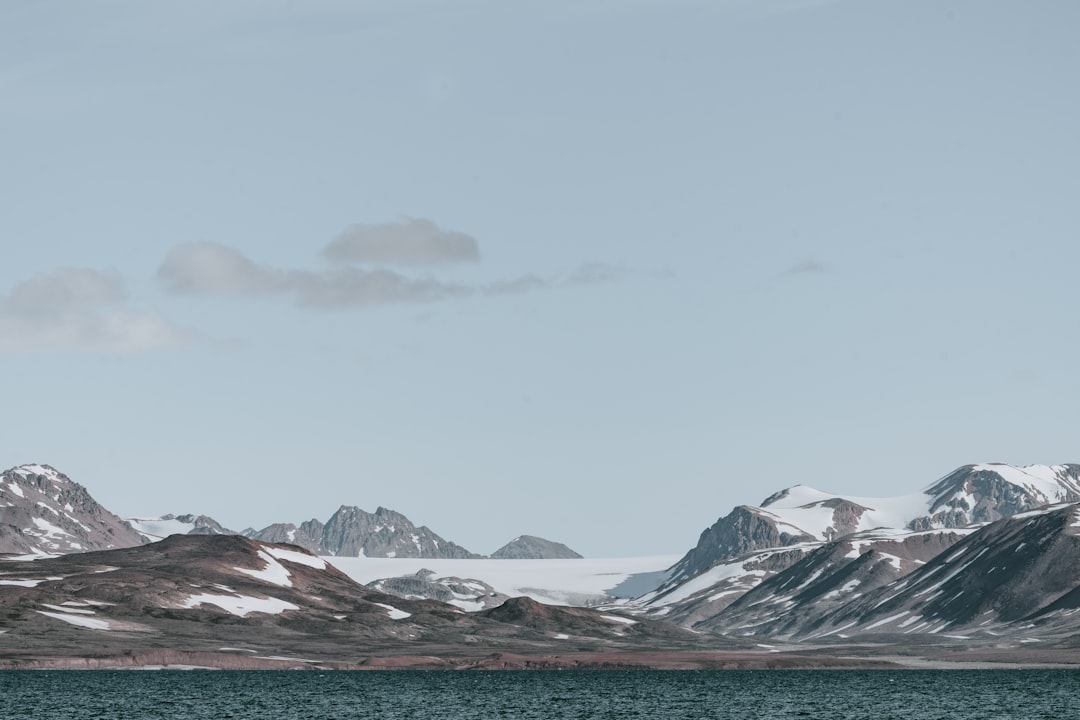What is it about?
Many species of Pacific salmon are listed as threatened under the U.S. Endangered Species Act. We provide quantitative evidence that conservation efforts that increasing the abundance of threatened coho salmon can deliver large economic benefits to the people of the Pacific Northwest. Using choice experiment surveys, we find that a two-thirds increase in the average annual number of returning coho salmon to the Oregon coast would generate up to $518 million per year in non-market economic benefits to residents of the region. Our results also show that the general public is willing-to-pay up to $277 million per year more for conservation programs that increase salmon abundance quickly.
Featured Image

Photo by Milada Vigerova on Unsplash
Why is it important?
Pacific salmon are highly prized by people for a range recreational and cultural benefits. Our results and approach can be used to quantify the monetary economic benefits from efforts that increase the abundance of salmon, which can then be used to evaluate the benefits and costs from alternative conservation strategies.
Perspectives
I hope this article clarifies that efforts to conserve and increase the abundance of threatened species can create economic benefits to people, even if those species are not officially recovered.
David Lewis
Read the Original
This page is a summary of: The non-market benefits of early and partial gains in managing threatened salmon, PLoS ONE, August 2019, PLOS,
DOI: 10.1371/journal.pone.0220260.
You can read the full text:
Contributors
The following have contributed to this page










